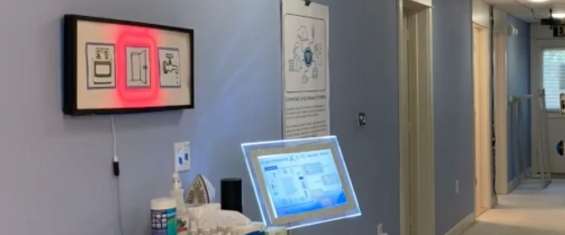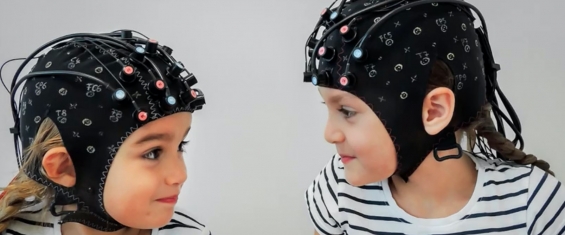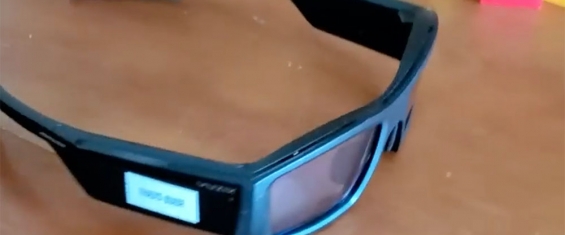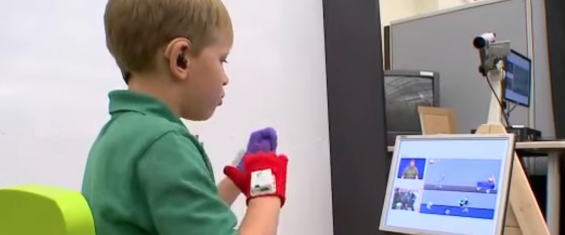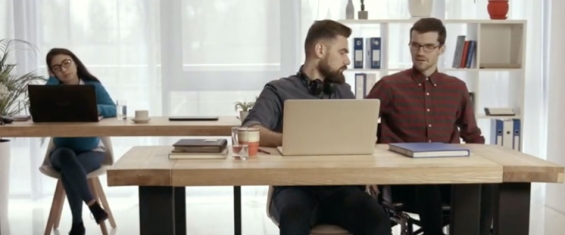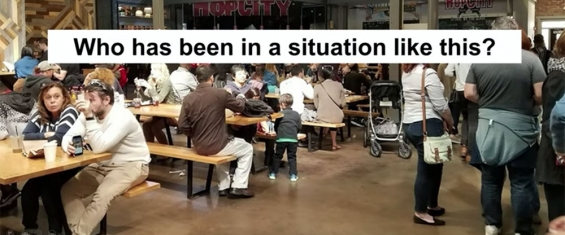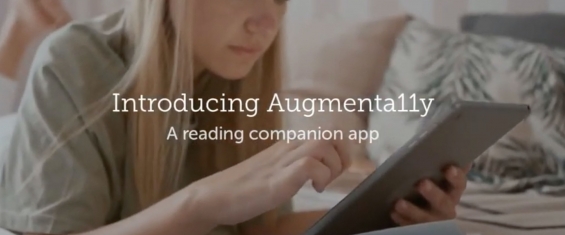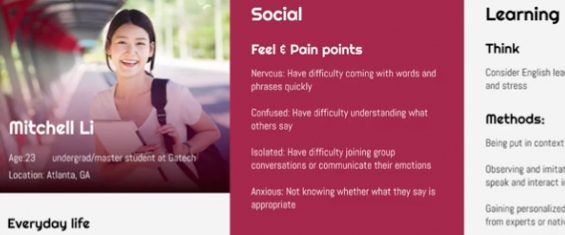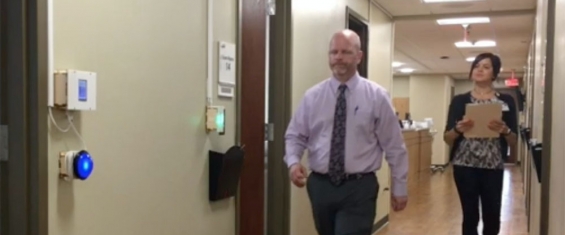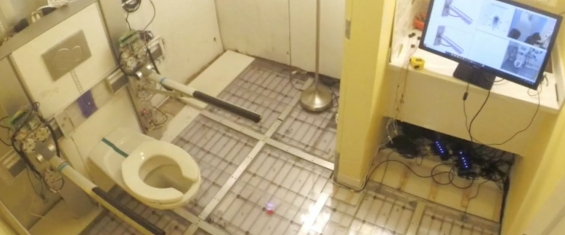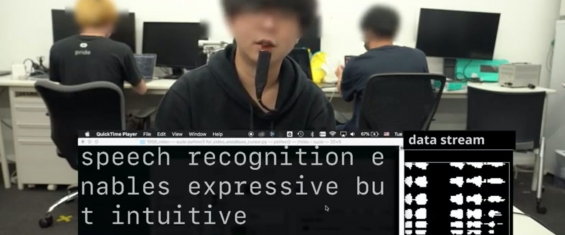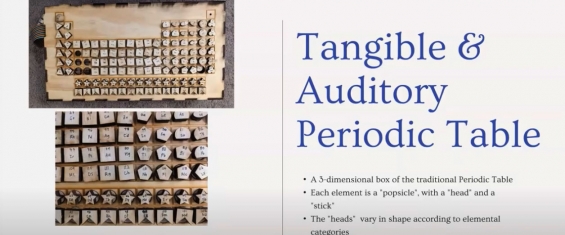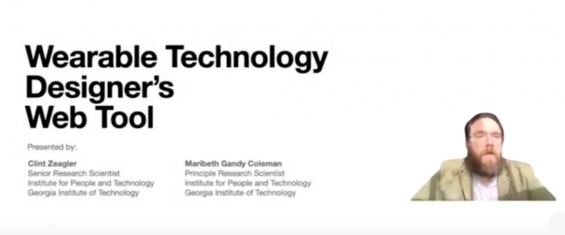
Accessibility in this section refers to the design of products, devices, services, or environments so as to be usable by people with disabilities. Accessibility can be viewed as the ability to access and benefit from some system or entity. The concept focuses on enabling access for people with disabilities, or special needs, or enabling access through the use of assistive technology. Fortunately, research and development in accessibility bring benefits to everyone.
Back to Main »
No matter what age we are, we have likely forgotten to turn off the stove or oven, iron, heater or even water. Forgetfulness can lead to serious events that may result in costly damage to the home or even injury or death. Older adults are more…
Most high-speed non-invasive BCI typing systems require intense visual attention and feedback. BrainBraille investigates a more open-loop approach similar to touch typing. BrainBraille enables communication at 20 characters per minute (cpm) by…
Captioning on Glass is an on-going project creating captioning eyeglasses with a companion Android phone app to assist the hard-of-hearing in everyday conversations. We are also working on another version of this app, "Translation on Glass",…
Utilizing augmented reality to support workers and trainees in the performance of complex cognitive and motor tasks.
CopyCat and PopSign are two games that help deaf children and their parents acquire language skills in American Sign Language. 95% of deaf children are born to hearing parents, and most of those parents never learn enough sign language to teach…
Georgia Tech is developing two online tools to help employees with disabilities and their employers figure out what types of accommodations (e.g., assistive technologies, strategies, universal features) might help them perform their jobs. Work…
Our goal is to improve the speech perception of individuals with mild cognitive impairment in a therapeutic facility through the design of the sound environment. Discerning speech is complex task that is an interplay between the receiver's…
Augmenta11y is an Augmented Reality (AR) app that helps people with learning disabilities like dyslexia easily read textual material in the real world using their smartphones and tablets. By giving users customizable font styles, background…
This is an ongoing MSHCI master project. With this project, we want to understand problems non-native English speaking students have studying in the states and develop new solutions to address these problems.
Multiple studies have shown a consistently strong association between gait speed of frail older adults and negative functional (e.g., survival) and activity outcomes. However, health care professionals have been slow to measure this physiologic…
The needs and abilities of people who are aging with progressive chronic conditions, such as MS, Parkinson's, ALS and Arthritis fluctuate from day to day. Yet, even when they have supportive AT, such as grab bars, to compensate for functional…
This project aims to provide resources for someone interested in a career in accessibility and inclusive design. Using storytelling, it aims to show people the varied paths that others have taken to achieve their goals, tools they have used,…
SilentSpeller enables mobile silent texting using a dental retainer with capacitive touch sensors to track tongue movement. Users type by spelling words without voicing.
This project is focused on designing a tangible and auditory periodic table educational tool for visually impaired and sighted students.
The Wearable Technology Designer's Web Tool WTDWT is a tool that leads designers / developers through a series of questions about their wearable technology project. The questions are designed to force designers to think of all options at the…
